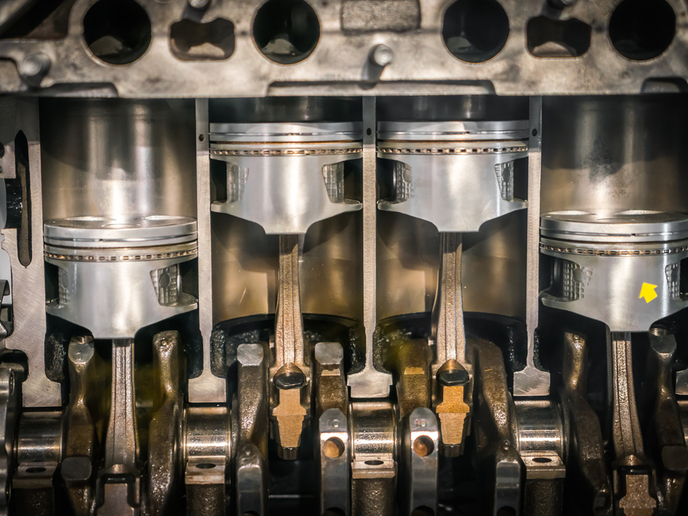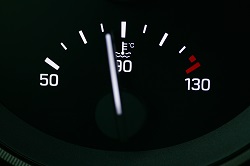Leaner engines for a cleaner future
European automotive manufacturers need to implement new, long-term technologies that can reduce greenhouse gas emissions by 2030. Currently, hybrid powertrains are the forerunner technology that can achieve a reduction of these emissions while increasing engine efficiency. The EU-funded EAGLE(opens in new window) project set out to improve the energy efficiency of motor vehicles in Europe by developing a highly efficient gasoline engine adapted for future electrified powertrains. The researchers set out to develop an engine with an efficiency higher than 45 %, an improvement from the current 40 % of combustion engines.
Designing a better engine
The researchers started off by setting out the blueprints for a hybrid powertrain and the use cases that would best mimic real driving conditions. The team then developed a batch of new technologies aimed at making a powertrain with high energy efficiency and low pollutant emissions. “It was decided that we run the combustion engine in ultra-lean conditions, in essence with a large excess of air, which would require the support of advanced technologies,” says project coordinator, Jean-Marc Zaccardi. The team created a multi-cylinder demonstrator engine that includes an electrified dual stage turbocharging system to optimise the synergy between the internal combustion engine and the hybrid powertrain. Project researchers designed a pre-chamber ignition system to support combustion in extremely lean conditions. They also developed a closed-loop combustion control protocol to regulate the amount of hydrogen injected into the chamber and the amount of gasoline injected into the pre-chamber as combustion stability control is critical. The team then designed a nitrogen oxide (NOx) storage catalyst, which converts harmful NOx gases to the harmless gas, dinitrogen (N2). The researchers analysed different materials and configurations and tested them on the engine demonstrator, an aftertreatment step crucial for reducing NOx emissions. “The multi-cylinder demonstrator engine showed that the air path calibration is the key for maximising the efficiency and minimising the pollutant emissions of lean engines,” Zaccardi affirmed. EAGLE foresees such solutions combined with e-fuels contributing to climate neutral mobility. “As a significant part of the fuel energy is usually lost in the form of heat, innovative insulation technologies have also been assessed to reduce heat transfers inside the combustion chamber and at the exhaust of the engine,” Zaccardi states. Scientists developed a robust thermal sprayed coating to improve thermal efficiency without affecting other combustion parameters.
Gearing up for commercial plans
EAGLE demonstrated that using hydrogen as a supplemental fuel improved engine efficiency and lowered pollutant emissions. They also proved the viability of utilising hydrogen combustion in internal combustion engines for vehicles. Researchers will continue to work on optimising the pre-chamber ignition system for internal combustion engines in all use-case conditions as well as further optimise hydrogen engines. Now that the base engine concept has been defined, EAGLE researchers are working on further optimising it for use in future hybrid connected vehicles under real driving conditions.







